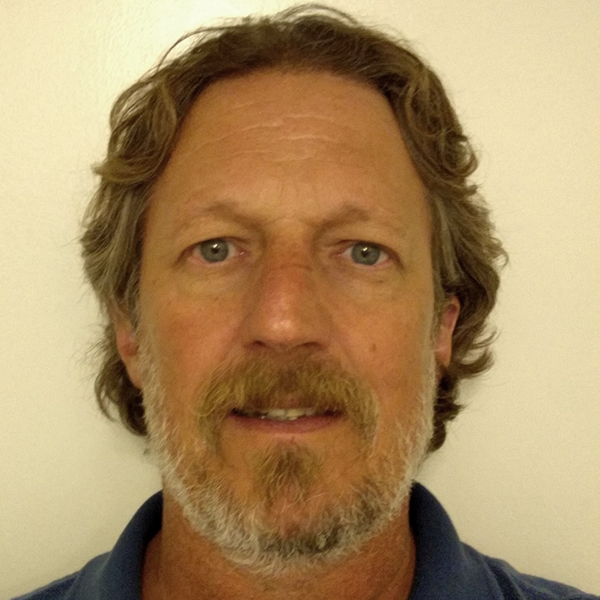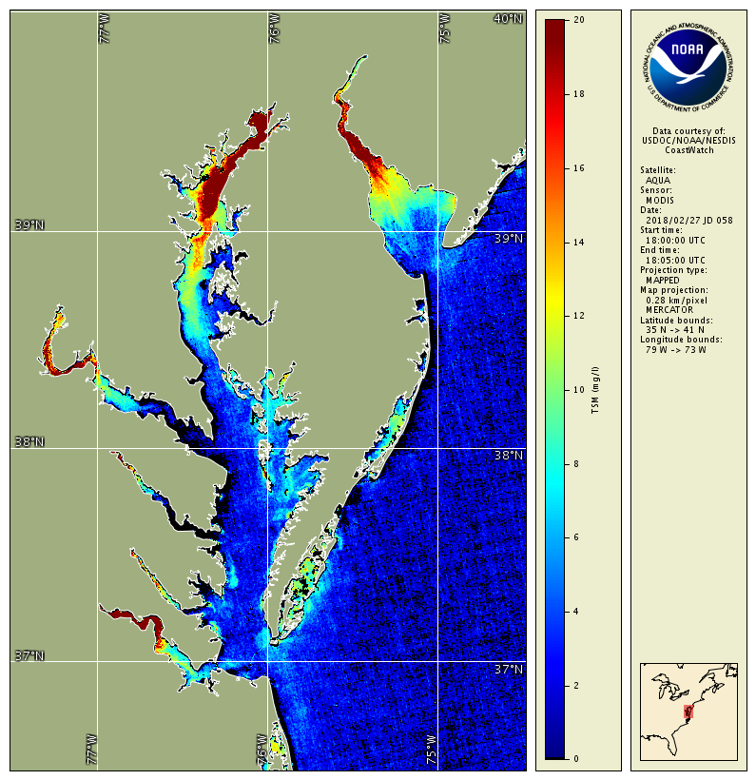Early Adopter

Applied Research Topic
Potential Applications ► Quantification of TSM concentration in inland/coastal waters
Description
Water quality has always been difficult to define and measure with minimal uncertainty, but it has been a primary focus in guiding ocean color research for all of the agencies. Water quality can be assessed using in-water constituents such as Total Suspended Matter (TSM), chlorophyll (Chl) concentrations, or optical characteristics such as light attenuation and backscattering from particles. As these are all derived from water-leaving radiances, the quality of any ocean color product is dependent on how accurately water-leaving radiances can be measured. Our primary objective is to utilize our extensive collection of hyperspectral measurements of water-leaving radiances and coincident bio-optical properties to upgrade traditional Moderate Resolution Imaging Spectroradiometer (MODIS), Visible Infrared Imaging Radiometer Suite (VIIRS) and Ocean and Land Colour Instrument (OLCI) multiband ocean color product algorithms to hyperspectral algorithms that can better be utilized by PACE. A focus for this effort will be adapting the algorithms for TSM. The relationship of TSM concentrations to all of the PACE bands will be analyzed for empirical and semi-analytical ocean color satellite algorithms. This project will exploit the variations in spectral signatures to explore single- and multi-band algorithms to develop an improved TSM algorithm that can be applicable to a wide range of inland and coastal waters. We will leverage current NOAA ocean color calibration and validation activities where extensive hyperspectral radiometric and bio-optical data is collected annually in a variety of water types and locations. This high quality multiple inter-comparison of hyperspectral in situ measurements will provide an uncertainty analysis for risk reduction of PACE product validations. This understanding of uncertainties is essential in determining continuity with previous missions and the climate quality of the data.Significance
Excessive suspended sediment can impair water quality for aquatic and human life. The development of the hyperspectral TSM algorithm will greatly improve our ability to quantify TSM concentrations under different environmental conditions.Why PACE
With the hyperspectral capabilities of PACE, the empirical relationship of TSM to all of the bands will be exploited and reconfigured to optimize the algorithm and improve the retrieval capability for ocean color satellites.End User(s)
NOAA CoastWatchMaryland Department of Natural Resources - Eyes on the Bay
SAT Partner(s)
Nima Pahlevan and Michael TwardowskiPublications
Ondrusek M.E., E. Stengel, C. Kinkade, R.L. Vogel, P. Keegstra, C. Hunter, and C. Kim (2012) The development of a new Total Suspended Matter product for the Chesapeake Bay. Remote Sensing of the Environment, 119, 243-254. DOI: https://doi.org/10.1016/j.rse.2011.12.018.
Ondrusek, M.E. et al., (2019) Report for Dedicated JPSS VIIRS Ocean Color Calibration/Validation Cruise May 2018. NOAA Technical Report, NESDIS;152. DOI: 10.25923/scyb-qf42.
Lin, J., L. ZhongPing, M. Ondrusek, and X. Liu (2017) Hyperspectral absorption and backscattering coefficients of blue water retrieved from remote-sensing reflectance and attenuation coefficients. Optics Express 26, No. 2. DOI: 10.1364/OE.26.00A157.


